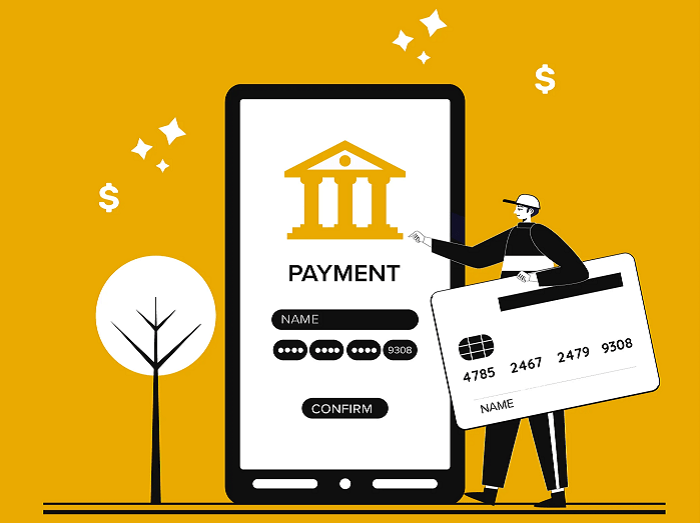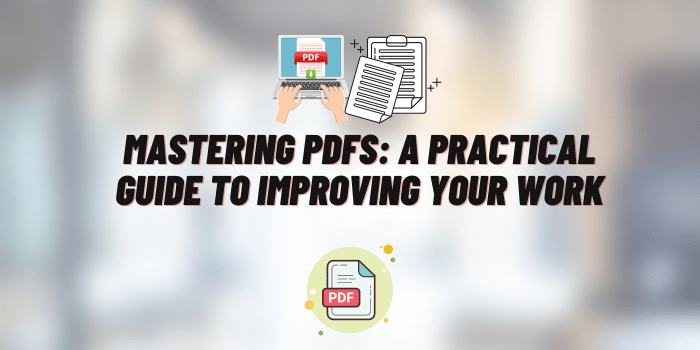How to Develop a Fintech App: Guide in 2023
In the era of digitalization, fintech applications are gaining immense popularity. From online banking to payment solutions and from money transfers to investments, these apps help us in making our financial life easier. But creating a successful fintech app is not an easy task and requires careful planning and execution.
In this blog post, we’ll discuss how you can develop a fintech application that will be successful in 2023. We will look at the different aspects such as user experience design, technology stack selection, security measures, and more which need to be taken into consideration while developing a fintech app. By following this guide step-by-step you can create an effective fintech solution that meets your users’ needs and stands out among competitors!
1. Understand the Current Landscape of Fintech Apps

How to build a fintech app? Firstly to build a fintech app, you need to understand the current landscape of fintech apps, it is important to first understand the concept of fintech development outsourcing. Fintech development outsourcing involves the delegation of financial technology tasks that would have otherwise been done in-house, such as software design, coding, and testing. This practice has become increasingly popular among businesses looking to streamline their financial technology needs, allowing them to focus on other aspects of their business while leaving the technical details to professionals.
By outsourcing their fintech development needs, businesses can gain access to a range of specialized experts and benefit from enhanced security protocols. Additionally, this approach allows businesses to leverage cost savings associated with using external resources instead of independent developers or internal staff. Furthermore, by making use of advanced technologies like artificial intelligence (AI) and machine learning (ML), businesses can enjoy more sophisticated results with fewer resources and faster timeframes for delivery.
Identify Customer Needs and Develop a Strategy to Meet Them
In order to identify customer needs and develop a strategy to meet them, it is essential for businesses today to think outside the box and embrace innovation in fintech. When it comes to financial technology, customers expect services that are up-to-date, efficient and secure. In order to meet these expectations, businesses must focus on delivering solutions that are user-friendly, intuitive and personalized. Additionally, businesses must also be aware of the potential pitfalls associated with developing fintech apps, such as data privacy and security concerns.
Choose Technologies that Will Enable You to Build Your App Quickly, Efficiently, and Securely
When choosing technologies for building a fintech app, businesses must consider several factors in order to ensure the development process is quick, efficient, and secure. Technologies such as cloud computing and software-as-a-service (SaaS) solutions can provide businesses with the scalability and flexibility needed to create an app quickly without sacrificing performance. Additionally, technologies such as blockchain and biometrics can provide businesses with secure authentication solutions to ensure the safety of customer data. Finally, businesses must also consider developing their app on a platform that is compatible with multiple devices, operating systems, and browsers in order to maximize its reach.
2. Design an Intuitive User Interface for Your App

Crafting a user interface for a fintech app that is intuitive and tailored to the needs of its target market is critical in delivering an enjoyable user experience. Moreover, it should be designed with beginner users in mind, so they can easily maneuver within the app while also having access to all necessary features and security protocols. Through careful development, businesses can create an effective layout design and navigation system that allows users to quickly find what they are looking for and carry out their desired tasks with minimum effort.
Additionally, businesses should use modern UI/UX design principles such as flat design, graphical elements instead of text, and consistent color palettes across their app’s pages in order to create a visually appealing interface. Furthermore, businesses should also consider making use of mobile-responsive UI designs in order to ensure compatibility across different devices. Finally, businesses should employ testing protocols during the development process in order to eliminate errors or inconsistencies before launching their fintech app.
3. Develop the Back-End Infrastructure for Secure Data Storage and Processing
In order to develop a secure back-end infrastructure for data storage and processing when building a fintech app, businesses should consider employing advanced security protocols such as encryption, two-factor authentication, and digital certificates. Additionally, developing the back-end of the app on an infrastructure that is robust enough to handle large amounts of data and transactions is essential in ensuring optimal performance.
Additionally, businesses should also focus on using automated tools and processes for data monitoring and management in order to protect customer information from potential threats. Furthermore, leveraging cloud computing technologies can provide businesses with scalability, redundancy, and the ability to access data remotely. Finally, businesses should also ensure their back-end infrastructure complies with all relevant regulations in order to minimize the risk of potential legal issues or costly fines.
4. Launch Your App on Various Platforms (iOS/Android) with Appropriate Marketing Strategies

Launching your fintech app on various platforms such as iOS and Android requires the right marketing strategies in order to maximize its reach. First, businesses must carry out extensive market research to identify their target audience and understand their needs. This can be done by gathering data on user demographics, preferences, and behavior patterns in order to develop appropriate marketing campaigns that cater specifically to this group. Additionally, businesses should also employ effective online advertising techniques such as search engine optimization (SEO), social media promotion, email campaigns, and remarketing in order to drive traffic towards the app’s landing page or store page.
Furthermore, leveraging influencer marketing is a great way for businesses to engage with potential users who may not have heard of their app otherwise. Finally, providing users with incentives such as discounts or loyalty points upon downloading the app will help encourage more downloads. By implementing these strategies correctly when launching a fintech app across multiple platforms, businesses can ensure they are able to effectively reach and engage with their target users without any difficulty
Final Words
Building a fintech app requires careful planning and consideration in order to ensure it is successful. Businesses must focus on creating an effective UI/UX design, developing secure back-end infrastructure, and launching their app with the right marketing strategies across multiple platforms. By taking all of these steps into account when building a fintech app, businesses can be sure that they are able to maximize its reach and engage effectively with potential users without any difficulty. For more information about how you can develop your own fintech application, visit Jatapp.co for professional advice from our expert team of developers!






